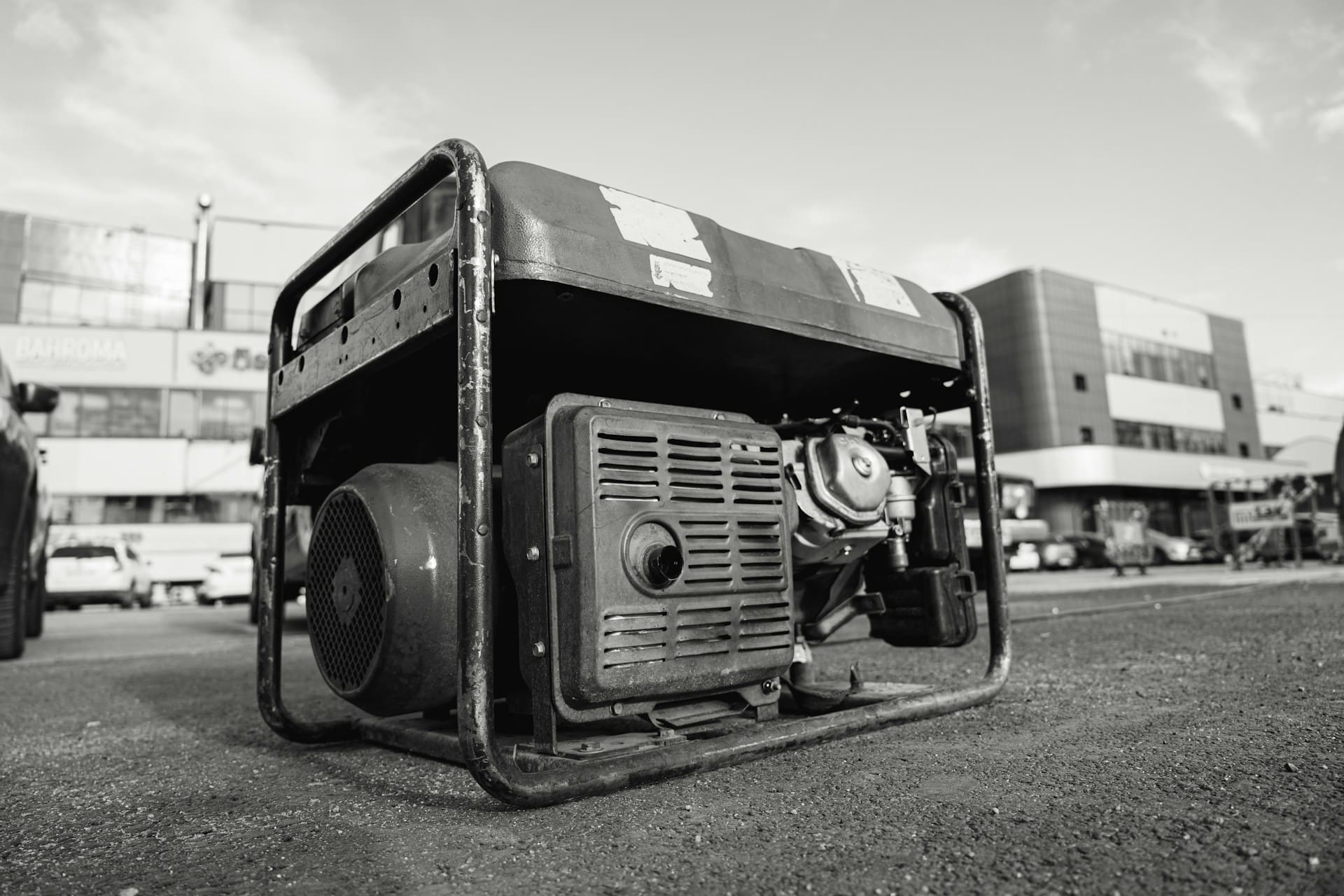The power outage on April 28, which left more than 60 million people in Spain and Portugal without electricity, has marked a turning point in perceptions of energy security in Europe. In just seconds, 15 gigawatts of electricity generation disappeared, equivalent to 60% of the consumption in Spain at that moment. The incident, considered the largest recent electrical crisis in the region, exposed the fragility of infrastructure and triggered a surge in demand for backup energy systems.
Generating power is no longer a luxury; it’s a necessity
Until recently, electric generators were common in hospitals, data centers, airports, and critical industrial facilities. However, after the blackout, their use has expanded to retail stores, restaurants, agricultural operations, and even single-family homes.
The shift in mindset is clear: generators are no longer viewed as an optional investment but as an essential element to ensure continuity of daily life and reduce economic losses during crises.
Industries on the front line
The highest demand for generators has been in sectors where power interruptions cause immediate impacts:
- Agriculture and livestock, requiring refrigeration and continuously operating automated systems.
- Retail and hospitality, which depend on energy to preserve food and maintain operations.
- Continuous process industries, such as metallurgy or automated lines, where unexpected shutdowns can result in multimillion-dollar losses.
- Residential and rural environments, increasingly adopting generators as an energy autonomy measure.
A global phenomenon
In other parts of the world, like the United States or Latin America, having generators in homes and businesses was already common due to natural events such as hurricanes, snowstorms, or wildfires. Europe, which until now relied on the stability of its electrical grid, is beginning to experience a cultural shift toward decentralized energy resilience.
Autonomous energy and adaptation
Generators have become a key tool within a strategy for adapting to electrical crises. Their ability to generate energy independently allows for:
- Keeping critical facilities operational.
- Reducing the economic impact of outages.
- Ensuring basic services for the population.
- Supporting the energy transition, in combination with batteries and renewable energies.
Conclusion
The major blackout in April highlighted that the continuity of electricity supply is not guaranteed. In this new context, electric generators are no longer a marginal resource but have become an integral part of daily and business life. Their increasing adoption across various sectors reflects a trend toward energy security and autonomy, which is crucial to facing a future where supply uncertainties may recur.
Frequently Asked Questions (FAQ)
Why is the demand for generators rising in Europe?
Because the April outage revealed the vulnerability of the electrical grid and the need for immediate backup in homes, businesses, and industries.
Which sectors are most reliant on generators?
Primarily agriculture, retail, hospitality, continuous process industries, and increasingly, residential environments.
Do generators only run on diesel?
No. There are models that use gas, hybrids, and those combined with batteries, which offer greater efficiency and sustainability.
Can generators coexist with renewable energies?
Yes. They are used as a complement to ensure power when renewables are insufficient, forming part of hybrid resilience solutions for energy.

